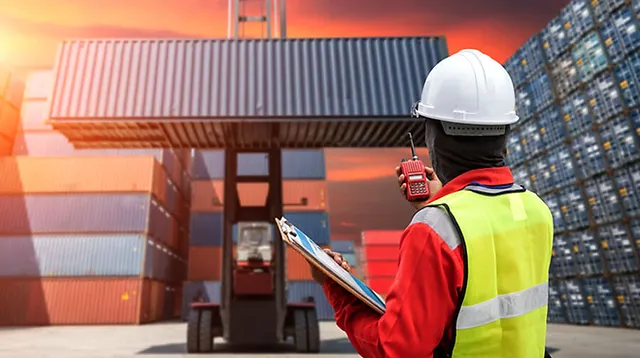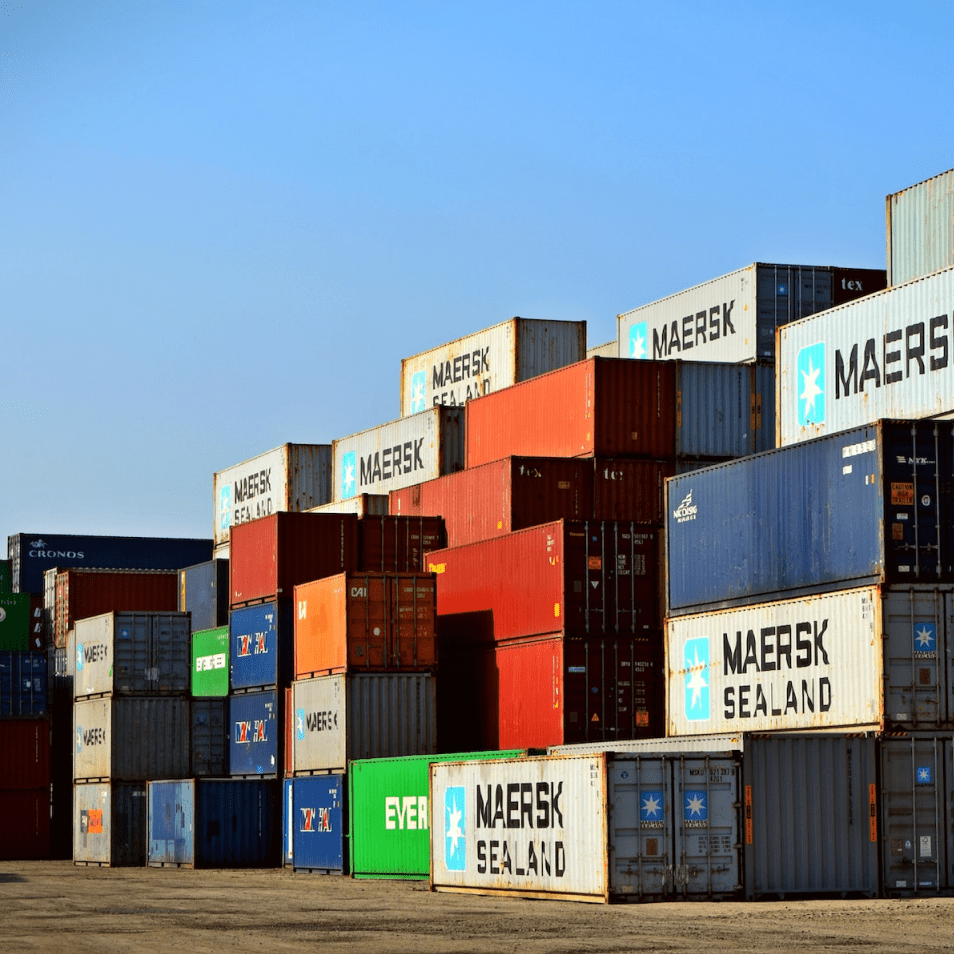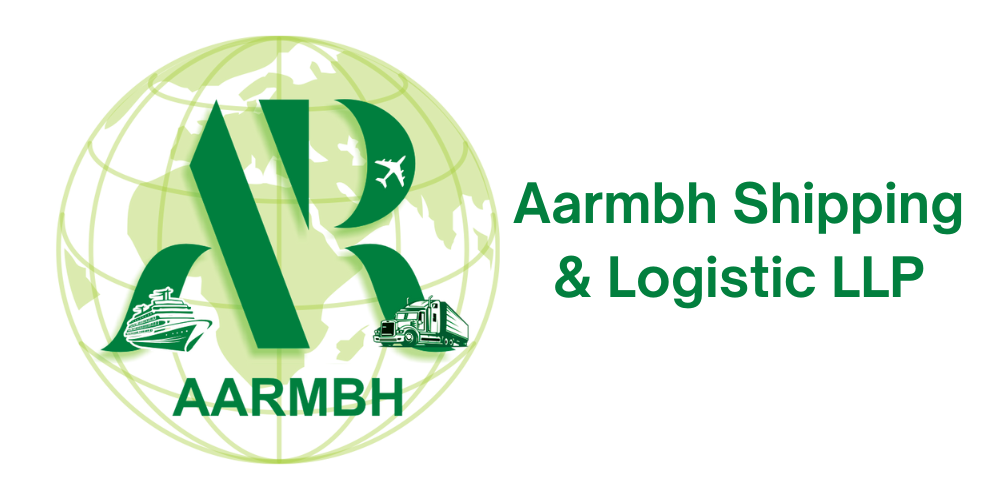Get in touch
Customs Clearance Services
Every country has its own set of regulatory requirements relating to customs, we take pride in the fact that over the years, we have successfully accredited with the local customs authorities, border agencies, port and other authorities relevant to the shipment of goods. We are fully operational and licensed customs clearance agency and have in-depth knowledge of the HS Codes, the calculation of Duty and other taxes. We adhere to complete professionalism and believe in high standard of Air/Sea freight forwarding services to meet clients' needs and satisfaction.



Import Clearance
Clearance under various schemes such as EPCG, DEEC, DFRC, etc. from Airport, Seaport and ICD.
Clearance of Goods for Warehousing.
De-bonding of goods from customs bonded warehouse under various schemes - EPCG. DEEC, DEPB, etc.
Clearance under payment of duty. Clearance under fast track / green channel.
Clearance of second hand machinery.
Clearance of EOU / EPZ / EHTP / STP
Import Clearance
Export Clearance under Duty Free Shipping Bill
Export Clearance under DEEC, DFRC, EPCG.
Export Clearance of Dutiable goods.
Export Clearance under Duty Drawback or Drawback under section 74
We take comprehensive care of the customs clearance aspect of the business.
Full range of services including liaisoning with various agencies like AAI, Airlines, Customs & Central Excise, Local Bodies, Inspection Agencies, Insurance Company, Surveyors etc., for the smooth clearance of goods.
Sea freight forwarding, also known as ocean freight forwarding, is a critical aspect of the global supply chain. It refers to the transportation of goods via cargo ships or vessels from one port to another. This mode of transportation is preferred by many businesses due to its cost-effectiveness, reliability, and ability to transport large quantities of goods. In this article, we will discuss the basics of sea freight forwarding, including its benefits, modes of transportation, and key players.
Modes of Sea Freight Transportation
There are two primary modes of sea freight transportation: Full Container Load (FCL) and Less than Container Load (LCL). FCL is used when the shipment is large enough to fill an entire container. On the other hand, LCL is used when the shipment does not require a full container. In this case, the goods are combined with other shipments to fill a container. Both modes have their advantages and disadvantages.

There are two primary modes of sea freight transportation: Full Container Load (FCL) and Less than Container Load (LCL). FCL is used when the shipment is large enough to fill an entire container. On the other hand, LCL is used when the shipment does not require a full container. In this case, the goods are combined with other shipments to fill a container. Both modes have their advantages and disadvantages.
There are two primary modes of sea freight transportation: Full Container Load (FCL) and Less than Container Load (LCL). FCL is used when the shipment is large enough to fill an entire container. On the other hand, LCL is used when the shipment does not require a full container. In this case, the goods are combined with other shipments to fill a container. Both modes have their advantages and disadvantages.
Benefits of Sea Freight Forwarding
There are two primary modes of sea freight transportation: Full Container Load (FCL) and Less than Container Load (LCL).
FCL is used when the shipment is large enough to fill an entire container. On the other hand, LCL is used when the shipment does not require a full container. In this case, the goods are combined with other shipments to fill a container. Both modes have their advantages and disadvantages.
There are two primary modes of sea freight transportation: Full Container Load (FCL) and Less than Container Load (LCL). FCL is used when the shipment is large enough to fill an entire container. On the other hand.

Other Services
You choose the cities where you’d like to deliver. All deliveries are within a specific service area and delivery services vary by location. Whatever the mode or requirement, we will find and book the ideal expedited shipping solution to ensure a timely delivery.
Warehousing
warehousing too is a critical component in the supply chain management. Cargo movement is dependent on the next-in-line chain requirement.
Air Cargo Services
Like Transport, warehousing too is a critical component in the supply chain management.
Customs Clearance
Every country has its own set of regulatory requirements relating to customs, we take pride in the fact that over the years
Sea Cargo Services
Take advantage of our global sea freight network and consistently meet your freight deadlines.
Get in Touch
-

Address
G 10/11, Siddhi Chs Ltd, Cama Lane, Nr. Sndt College, Ghatkopar West, Mumbai, Maharashtra, India, 400086
-

Email
docs@aarmbh.co.in
-

Telephone
+91 84528 79990




